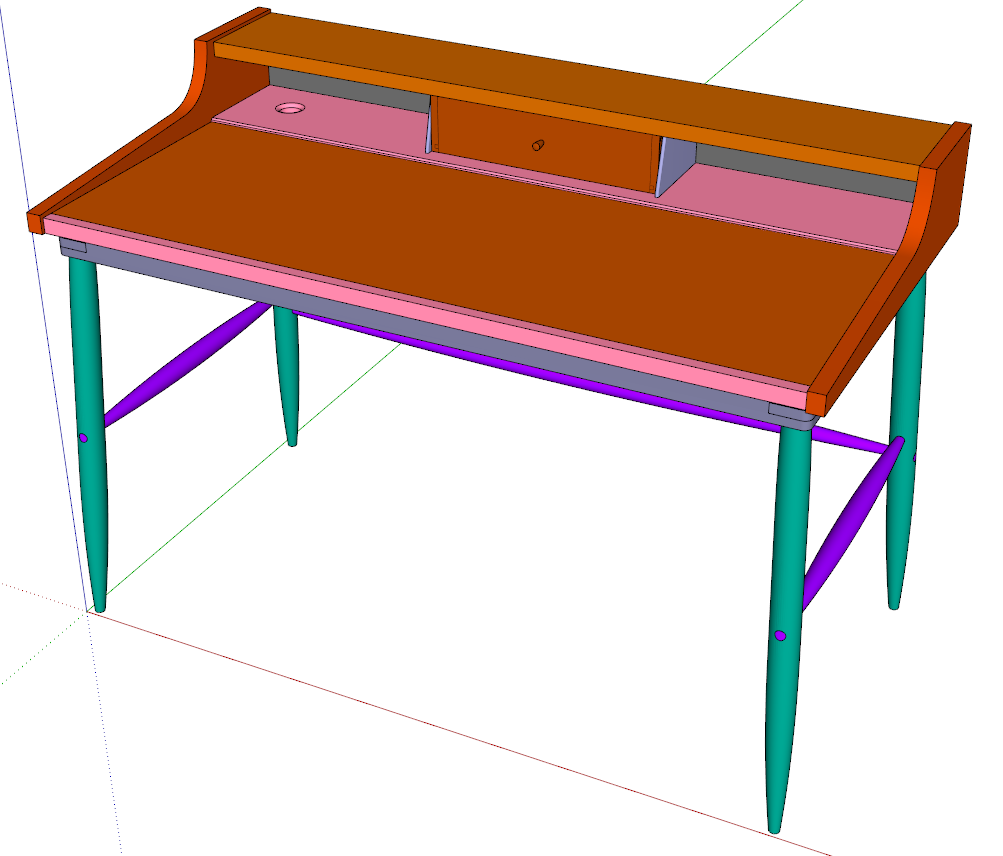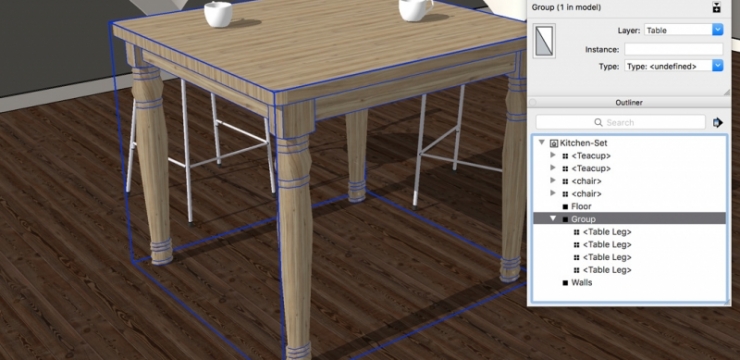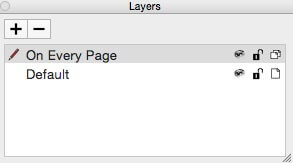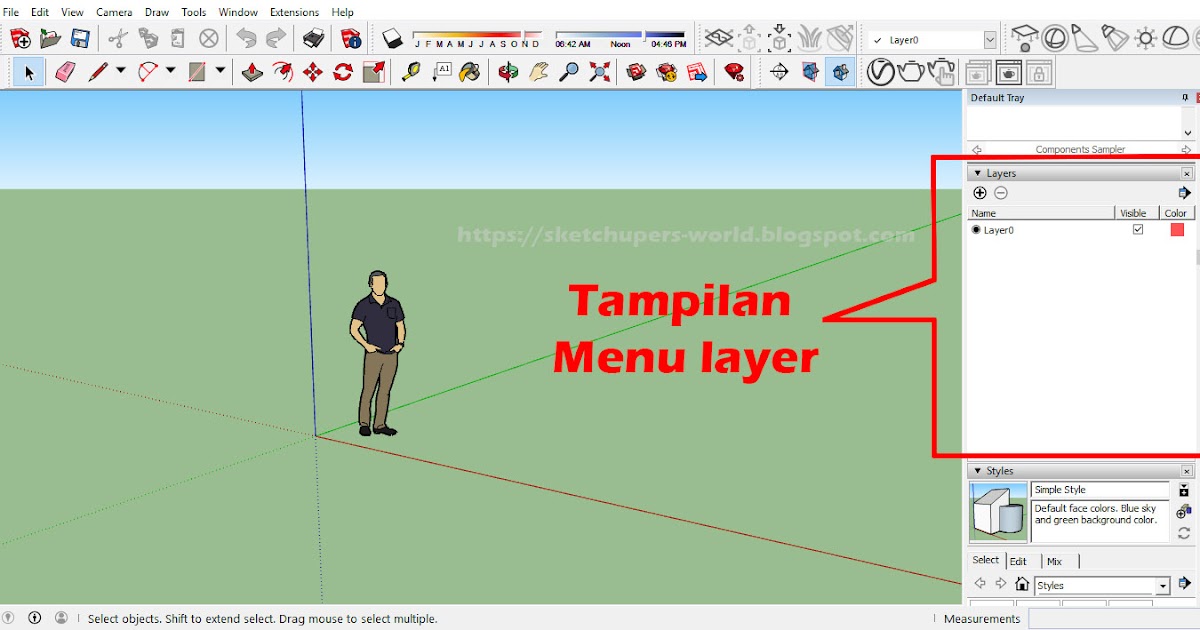

Not lost yet? If you like, you can even make your own schemata (the plural form of “schema”) using properly formatted XML to create your own. All you have to do is load an existing classification schema and apply Type metadata to the component definitions you want to classify.
#SKETCHUP LAYERS PANEL PRO#
If you’re using SketchUp Pro as part of a BIM (Building Information Modeling) workflow, and you want to imbue your model with juicy metadata while it’s still in SketchUp, you can. Basically, it lets you tag groups and components in your model with special identifiers that make them more useful - in very specific circumstances. The folks at SketchUp added an enormously powerful, enormously complicated feature to SketchUp 2014 Pro: Classifications. Not doing so can result in serious injury or even death - depending on how upset you get when your 50-hour model gets ruined. If you plan to use layers, read the section “ Discovering the Ins and Outs of Layers ,” later in this chapter. In SketchUp, using layers the wrong way can seriously mess up your model. In SketchUp, layers are similar - but the ways in which SketchUp layers work differently are important for modelers to know.
#SKETCHUP LAYERS PANEL SOFTWARE#

If you haven’t read about groups and components yet, now would be a good time to take a look at Chapter 5 - the stuff in this chapter is best understood if you have a firm grasp on the stuff in that one.

After you organize geometry into sets, you can name them, hide them, and even lock them so that you (or somebody else) can’t mess them up. When sorting out the thousands of edges and faces in your model, it’s all about lumping things together into useful sets. This chapter ends with a detailed example of how you can use both tools together to make modeling easier.
#SKETCHUP LAYERS PANEL HOW TO#
After we introduce each tool, we explain how to use it and how not to use it (are you listening, layers?). This chapter presents SketchUp’s two main tools for organizing your model: the Outliner and layers. Luckily, SketchUp includes a bunch of different ways to keep your geometry - edges and faces - from getting out of control. They can slow your computer, or even cause SketchUp to crash. It’s inevitable.īig, unwieldy, disorganized models are a pain.

As you crank away at whatever it is you’re modeling, you’ll reach a time when you stop, orbit around, and wonder how your model got to be such a pigsty. Living life can be a messy ordeal, and modeling in SketchUp is no exception. Taking stock of your model with the OutlinerĪvoiding problems by using layers the right way SketchUp For Dummies (2017) Part 2 Modeling in SketchUp Chapter 7 Keeping Your Model Organized


 0 kommentar(er)
0 kommentar(er)
